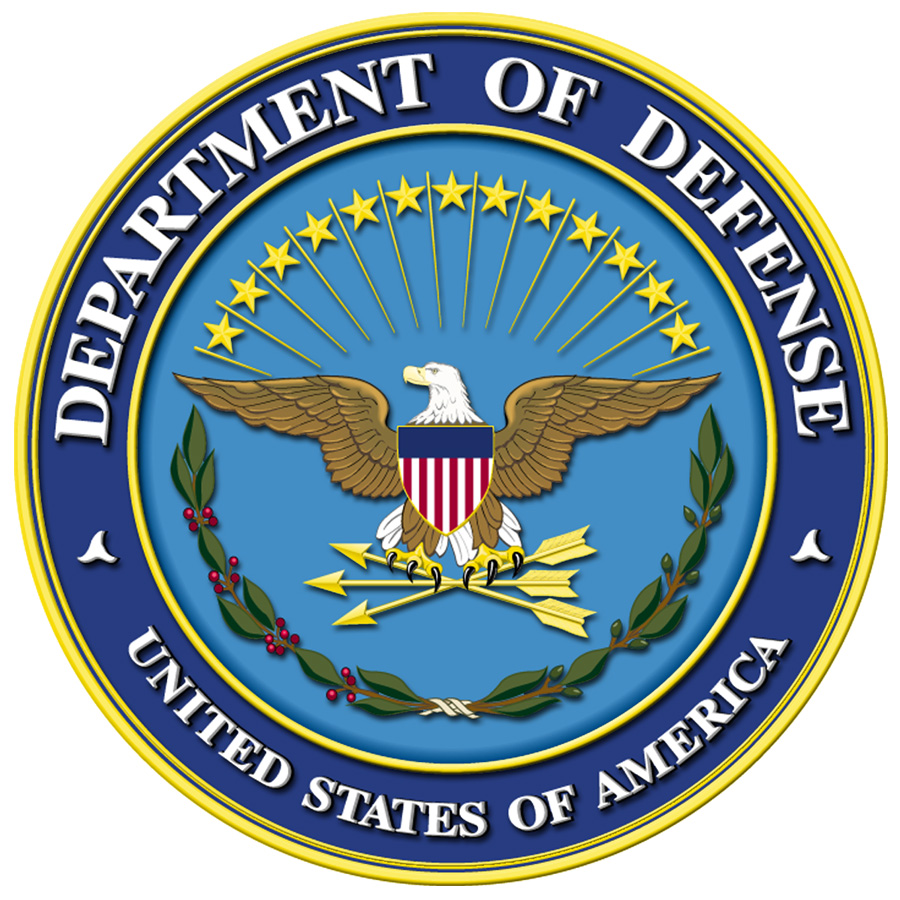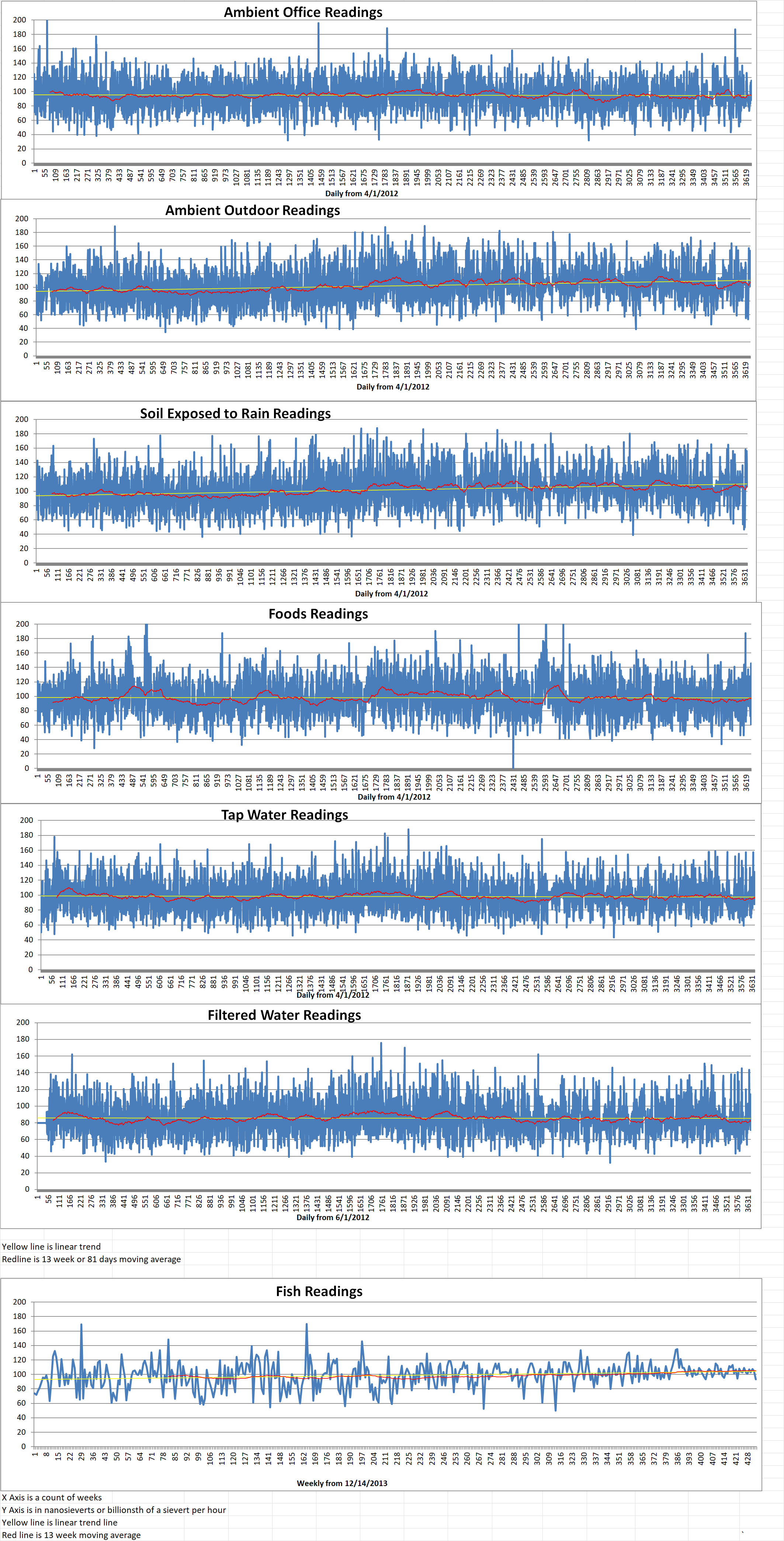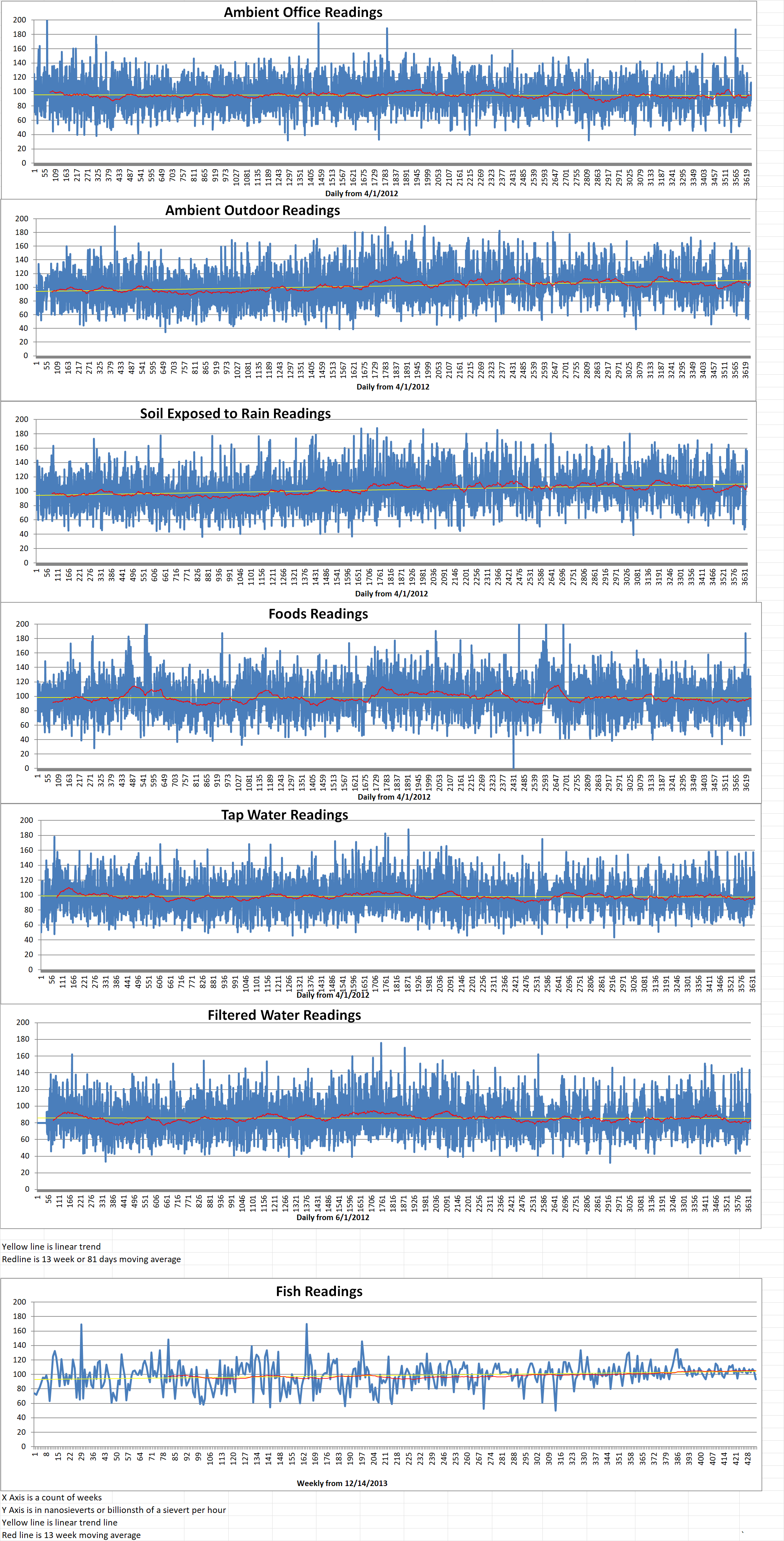Part 1 of 2 Parts
Representative Jim Cooper (D-Tenn) recently added an amendment to the House version of the Fiscal 2023 National Defense Authorization Act. His amendment would provide forty-five million dollars for the Nuclear-Armed Sea-Launched Cruise Missile (NASLCM). President Biden’s administration has indicated that it wants to cancel the NASLCM program.
The U.S. Department of Defense (DoD) has not publicly stated just how powerful the NASLCM is but Pentagon spokesman Oscar Seára described it as a “low-yield” weapon. The new missile would give the U.S. military a relatively small nuclear weapon. The purpose of the missile would be to deter Russia and/or China from using their own low-yield nuclear weapons. They would assume that the U.S. would not respond with far more powerful strategic nuclear weapons.
The 2018 U.S. Nuclear Posture Review states “Expanding flexible U.S. nuclear options now, to include low-yield options, is important for the preservation of credible deterrence against regional aggression. It will raise the nuclear threshold and help ensure that potential adversaries perceive no possible advantage in limited nuclear escalation, making nuclear employment less likely.”
The Biden administration continues to pursue its decision to cancel the NASLCM program in the proposed DoD budget for fiscal 2023 according to a spokesman for the National Security Council. Their decision was based on the findings of the 2022 Nuclear Posture Review (NPR) as well as an interagency process led by the DoD. The Pentagon completed the 2022 NPR earlier this year but has not yet released an unclassified version of the review.
It is too early to determine whether the funding for the NASLCM will be included in the final version of the National Defense Authorization Act (NDAA). The NDAA will probably be negotiated by members of Congress at a conference committee later this year. Even if the forty-five million dollars is included in the final version of the bill, the House Appropriations Committee did not include any money for the NASLCM in its version of the defense appropriations bill which funds the military.
The fact that the money for the NASLCM was included in the House version of the latest defense policy bill indicated that at least several members of Congress believe that the U.S. needs to be prepared to fight a limited nuclear war. If a “limited nuclear war” is considered possible, then it should be possible for the U.S. to escape mutually assured destruction by a limiting exchange with Russia and/or China to low-yield weapons.
However, the purpose of having the NASLCM in the Pentagon’s nuclear arsenal is to deter enemies from launching nuclear attacks rather than making it easier to wage limited nuclear conflicts according to retired Navy Rear Adm. Vic G. Mercado. He served as Assistant Secretary of Defense for Strategy, Plans, and Capabilities from July of 2019 to January 2021.
Mercado said, “To me, it is all about deterrence. We need some capacity to be able to fill a deterrence gap. If we leave the gap, then we are at risk.”
Please read Part 2 next
Blog
-

Nuclear Weapons 782 – The Fate Of The Nuclear-Armed Sea-Launched Cruise Missile Program Is Being Debated – Part 1 of 2 Parts
-

Geiger Readings for June 23, 2022
Ambient office = 124 nanosieverts per hour
Ambient outside = 119 nanosieverts per hour
Soil exposed to rain water = 113 nanosieverts per hour
Sweet pointed pepper from Central Market = 97 nanosieverts per hour
Tap water = 144 nanosieverts per hour
Filter water = 135 nanosieverts per hour
-
Nuclear News Roundup June 23, 2022
IAEA Voices Concern for Staff at Ukrainian Nuclear Plant, Demands Access usnews.com
Sixth Hongyanhe unit enters commercial operation world-nuclear-news.org
New cocoon for US legacy reactor world-nuclear-news.org
Sellafield processes last of fast reactor fuel world-nuclear-news.org
-

Nuclear Reactor 1044 – Idaho National Laboratory Working On MARVEL Microreactor – Part 3 of 3 Parts
Part 3 of 3 Parts (Please read Parts 1 and 2 first)
In addition, because microreactors will be located near where energy will be consumed, the cost of transmitting the power will be zero. Microreactors also require fewer personnel and less maintenance work than conventional reactors. This is partly because their fuel needs to be replaced only every five years to ten years as opposed to less than every two years for a light water reactor. Micro reactors are designed so that many of their systems operate passively which makes them more safe than reactors generating power today.
Microreactors utilize a different type of fuel enriched to just below the twenty percent limit set by nuclear non-proliferation treaty requirements. This fuel is called HALEU which stands for high-assay low-enriched uranium. This type of fuel allows reactors to be smaller than conventional commercial nuclear power reactor.
Arafat said, “We can actually build a much more efficient core that is significantly more compact and smaller. So, we would actually require a much smaller amount of fuel to design a reactor rather than a much larger core. That’s the biggest advantage of going higher enrichment.”Arafat said, “So everything from heat generation, heat transport, heat removal to heat rejection, all of those coolant loops are done passively without any engineered systems.” The outside of the reactor is made of boron carbide which is also used on armored vehicles. Arafat said, “So if there’s a manmade or an extreme weather conditions that can come through, there’s going to be little or no effect to the actual operation or safety of these systems.”
Steve Nesbit is the President of the nuclear trade group, American Nuclear Society. He supports the idea of micronuclear reactors and the MARVEL projects specifically, but he cautions that they’re not going to be a panacea for global warming.
Conventional light water reactors generate hundreds of megawatts of energy and a microreactor will generate between one and five megawatts of energy. Nesbit said, “I do think they have a future but there are limits to the ability to address our clean energy needs with them. Microreactors are ideally suited for remote situations with microgrids, but not so much as a means of gigawatt scale generation of clean electricity for the conventional grid.”
Alex Gilbert is a nuclear innovation expert and professor. He said, “They are distributed energy resources, meant to serve off-grid customers, small towns, and industrial operations. Alaska is likely to be an early initial market, as well as other parts of the Arctic like Canada, Russia, and Scandinavia. They can play keystone roles in microgrids, complementing distributed solar and batteries.”
However, many of the key issues and problems that face the development of microreactors are the same that face the development of large scale nuclear in the U.S. Gilbert said, “We have an atrophied supply chain, costs will be high and unpredictable to start, and the regulatory system is poorly suited to handle them.” That having been said, Gilbert thinks that addressing these issues and problems for the deployment of microreactors can help to pave the way for those same issues “for large-scale roll out of larger advanced reactors.”
Arafat knows that the MARVEL project has a larger purpose. That larger purpose is to flex the muscles of nuclear innovation for the first time in decades. Arafat said, “So the art, science, and the technology of going through the development of new reactors is also sort of a new realm for us in many ways.” -
Nuclear News Roundup June 22, 2022
SKB receives permit to expand Clab capacity world-nuclear-news.org
ISU receives over $1 million in grants from Nuclear Regulatory Commission eastidahonews.com
Purdue and Duke Energy advance nuclear power exploration with public lecture series, executive advisory group purdue.edu
Advanced nuclear tech projects selected for US federal support world-nuclear-news.org
-

Geiger Readings for June 22, 2022
Ambient office = 116 nanosieverts per hour
Ambient outside = 126 nanosieverts per hour
Soil exposed to rain water = 123 nanosieverts per hour
Serano pepper from Central Market = 145 nanosieverts per hour
Tap water = 92 nanosieverts per hour
Filter water = 72 nanosieverts per hour
-

Nuclear Reactor 1043 – Idaho National Laboratory Working On MARVEL Microreactor – Part 2 of 3 Parts
Part 2 of 3 Parts (Please read Part 1 first)
There are already a bunch of private companies developing microreactors with the same goal as the government which is to develop an emissions-free, reliable energy source. These companies include Oklo, Westinghouse and General Atomics.
A single microreactor could power a town with one thousand to ten thousand people. It could also power a big hospital or a military base. The current U.S. electricity grid in the U.S. is based on generating electricity at a centralized location and then distributing it to the end users. However, microreactors are a component in a future vision for an electricity that is less centralized and more resilient against natural or man-made disasters.
Beyond being potential clear energy options for remote locations or remote communities, microreactors could be a key part of a clear energy grid that would include renewable energy such as wind and solar as well as advanced battery storage. Nuclear is generally a baseload energy source which means that it can operate 24/7 as opposed to intermittent energy from solar and wild. It could serve as a backstop for renewables.
According to the designers, small modular reactors (SMRs) are orders of magnitude less complicated to construct and build than conventional light water reactors. Microreactors that that trend even further.
In an interview, Arafat said “The entire hardware can be built in a factory, like the way we make automobiles or cars.” This would allow the production of hundreds of microreactors per year. From the factory, a microreactor can be transported to a customer site, fueled and started. Arafat’s goal is to be able to deploy a microreactor in a week. He went on to say “so it’s more like a nuclear battery than a large scale power plant. “If we become really good at manufacturing these systems and take advantage of factory fabrication, we can make them cheap enough for every campus across the nation.”
Microreactors utilize a different type of fuel enriched to just below the twenty percent limit set by nuclear non-proliferation treaty requirements. This fuel is called HALEU which stands for high-assay low-enriched uranium. This type of fuel allows reactors to be smaller than conventional commercial nuclear power reactor.
Arafat said, “We can actually build a much more efficient core that is significantly more compact and smaller. So, we would actually require a much smaller amount of fuel to design a reactor rather than a much larger core. That’s the biggest advantage of going higher enrichment.”
The small size and factory fabrication means that micronuclear reactors will be much cheaper to build than conventional light water reactors which usually run overschedule and over budget. The third and fourth reactors currently being constructed at the Vogtle plant in Georgia have become infamous examples of these short comings.
However, the first microreactors that come off the factory line will not be as cheap or as fast as a fully mature microreactor industry will be able to produce. They will likely be first deployed at locations where there are not cheap and reliable energy alternatives such as remote communities in Alaska.
Arafat said, “Currently, the only technology that works there are diesel generators, and they have to fly in the diesel fuel in those locations. That’s how remote they are. If we can replace those diesel generators with a micro reactor like this, it can certainly be significantly more economical than what they’re currently paying today.”
Please read Part 3 next -
Nuclear News Roundup June 21, 2022
Nuclear Science Center receives DOE grant news.wsu.edu
‘Mossad Agents Planning to Assassinate Nuclear Scientists Arrested,’ Iran Claims Haaretz.com
Co-owners sue Georgia Power in $695M Vogtle contract dispute news4jax.com
IMSR to be considered for ammonia production world-nuclear-news.org
-

Geiger Readings for June 21, 2022
Ambient office = 100 nanosieverts per hour
Ambient outside = 102 nanosieverts per hour
Soil exposed to rain water = 106 nanosieverts per hour
Red bell pepper from Central Market = 61 nanosieverts per hour
Tap water = 92 nanosieverts per hour
Filter water = 73 nanosieverts per hour
-

Nuclear Reactor 1042 – Idaho National Laboratory Working On MARVEL Microreactor – Part 1 of 3 Parts
Part 1 of 3 Parts
Nuclear power plants have a well-deserved reputation for cost overruns and schedule delays. None of the 93 nuclear power plants in operation today in the U.S. came in on time and on budget. Even after construction is finished and operations have begun, nuclear power plants still need dozens of train experts to monitor and maintain them
Yasir Arafat is the technical lead for the microreactor project at the Idaho National Laboratory (INL), one of the preeminent nuclear research labs in the U.S. He does not believe that nuclear power must always be this way. He is leading the effort to construct a tiny, relatively inexpensive nuclear reactor. Arafat says that it is more of a nuclear battery.
Arafat grew up in Bangladesh and then came to the U.S. to go to college. He is motivated by a deep sense of urgency to help the world reduce carbon emissions. In Bangladesh, global warming is not an abstract, academic issue. It is already a part of daily life. Once nuclear power plants are constructed and fuel is mined and refined, they generate no carbon dioxide as they operate. Arafat hopes to contribute to the fight against global warming by building a microreactor prototype that can help the further development of the global nuclear industry.
The prototype for the new microreactor has been named the “MARVEL” reactor. MARVEL is an acronym for Microreactor Applications Research Validation and Evaluation. Arafat’s goal is to have the prototype operating by December 2023. If he succeeds, it will be the first advanced microreactor in the U.S. An early protype of the new reactor ran on electric heat instead of nuclear energy for research purposes.
The INL started design and modeling the MARVEL reactor project in June 2020 led by Arafat with the blessing of the Department of Energy. The MARVEL is a sodium-potassium cooled tiny reactor. Arafat said, “We use modelling tools to help regulators have confidence in the reactor design, but we can’t model all aspects of the flow and heat dynamics. A demonstration is necessary for us to be certain that the final reactor will perform to a high degree of reliability and confidence level.”
The demonstration prototype is known as the primary coolant apparatus test (PCAT). It will be used to confirm simulation results, which will allow the MARVEL team then to use modelling and simulation tools allowing the MARVEL team to verify and support the reactor’s safety case.
The PCAT was constructed by INL machinists in just nine months. It is comprised of several components including four Stirling engines that will generate electricity through primary and intermediate coolant pumps. It weighs over two thousand pounds.
If it is completed as intended, the MARVEL microreactor “will be the first of its kind that will be able to demonstrate how we can really miniaturize a nuclear system into something that is portable and transportable, and also able to deliver heat and electricity to the end customer,” according to Arafat.
Please read Part 2 next
